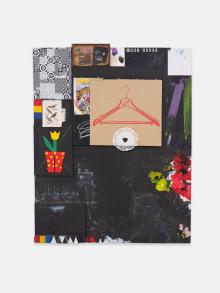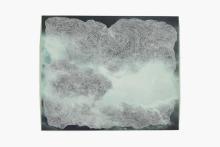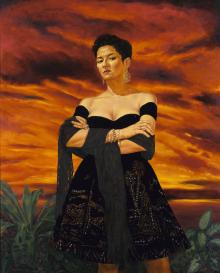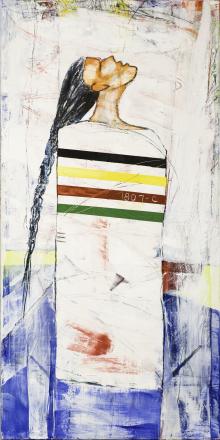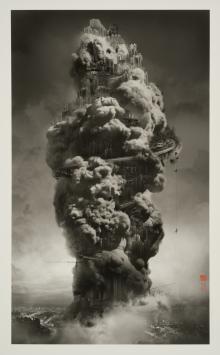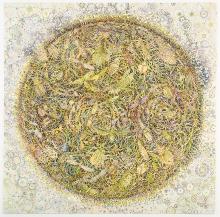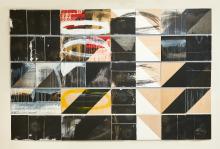Ideas about the American West, both in popular culture and in commonly accepted historical narratives, are often based on a past that never was, and fail to take into account important events that actually occurred. The exhibition Many Wests: Artists Shape an American Idea examines the perspectives of 48 modern and contemporary artists who offer a broader and more inclusive view of this region, which too often has been dominated by romanticized myths and Euro-American historical accounts.
Featuring artwork from the permanent collections of the Smithsonian American Art Museum (SAAM) and four partner museums in the western region of the United States, Many Wests is the culmination of a multi-year, joint curatorial initiative made possible by the Art Bridges Foundation. Along with JSMA, the SAAM’s collaborating partners include the Boise Art Museum (Boise, Idaho); the Utah Museum of Fine Arts (Salt Lake City, Utah); and the Whatcom Museum (Bellingham, Washington).
This exhibition presents an opportunity to examine previous misconceptions, question racist clichés, and highlight the multiple communities and histories that continue to form this iconic region of the United States. Working in various media, from painting and sculpture to photography and mixed media, the artists featured bring a nuanced and multifaceted history to light. Many Wests highlights many voices, especially those of artists who identify as Black, Indigenous, Asian American, Latinx, and LGBTQ+. In Many Wests, JSMA is pleased to share works by Rick Bartow (Wiyot), Ka’ila Farrell-Smith (Klamath Modoc), V. Maldonado, Rubén Trejo, and Marie Watt (Seneca) from the permanent collection. The modern and contemporary artists featured in this exhibition reveal that “the West” has always been a place of multiple stories, experiences, and cultures.
This exhibition is organized by Amy Chaloupka, curator of art at the Whatcom Museum; Melanie Fales, executive director/CEO of the Boise Art Museum; Danielle Knapp, McCosh Curator at the Jordan Schnitzer Museum of Art; Whitney Tassie, senior curator and curator of modern and contemporary art at the Utah Museum of Fine Arts; and E. Carmen Ramos, former curator of Latinx Art, and Art Bridges Initiative Project Director, with Anne Hyland, the Art Bridges Initiative curatorial coordinator at the Smithsonian American Art Museum.
This is one in a series of American art exhibitions created through a multi-year, multi-institutional partnership formed by the Smithsonian American Art Museum as part of the Art Bridges Initiative.

Virtual Tour
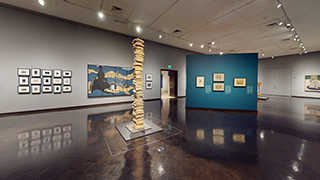
Many Wests national tour:
Boise Art Museum, Boise, ID (July 31 to Feb. 13, 2022)
Whatcom Museum, Bellingham, WA (March 19 to Aug. 21, 2022)
Jordan Schnitzer Museum of Art, University of Oregon, Eugene, OR (Sept. 28, to Dec. 18, 2022)
Utah Museum of Fine Arts, University of Utah, Salt Lake City, UT (Feb. 4 to June 11, 2023)
Smithsonian American Art Museum in Washington, D.C. (July 28, 2023, to Jan. 14, 2024)

